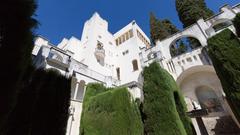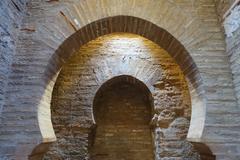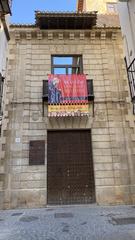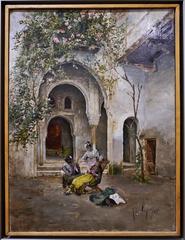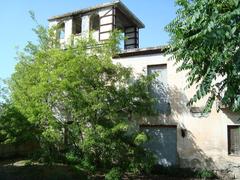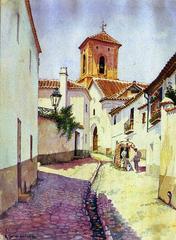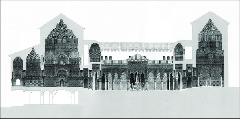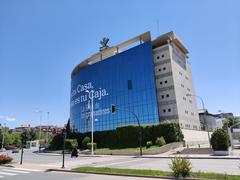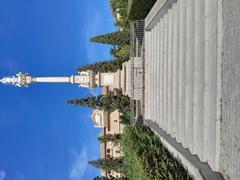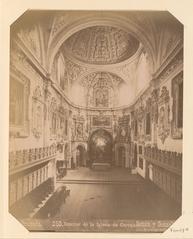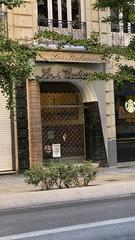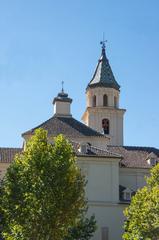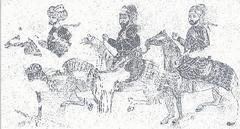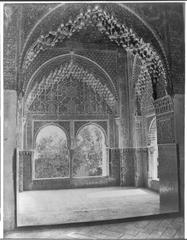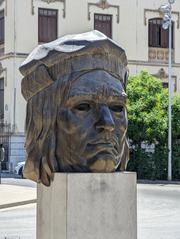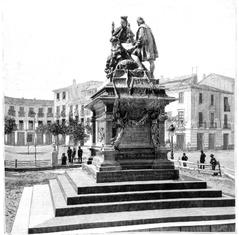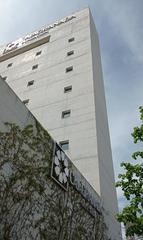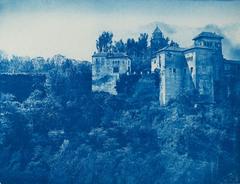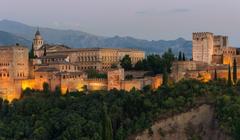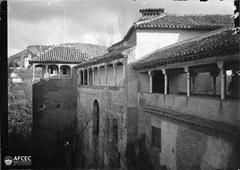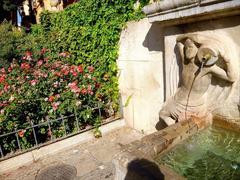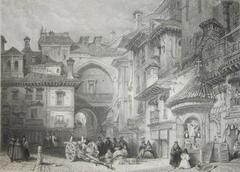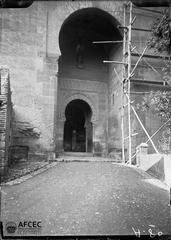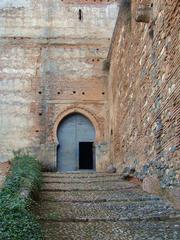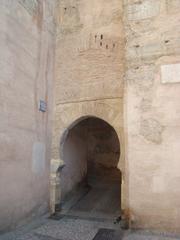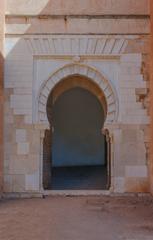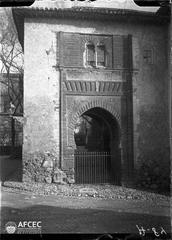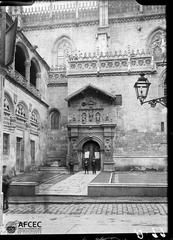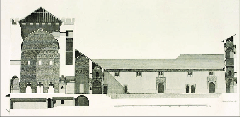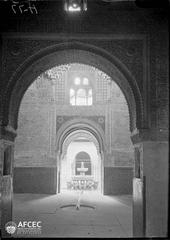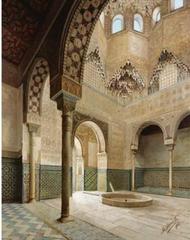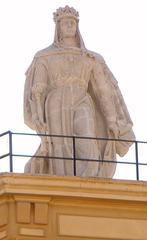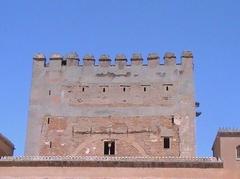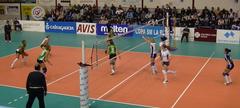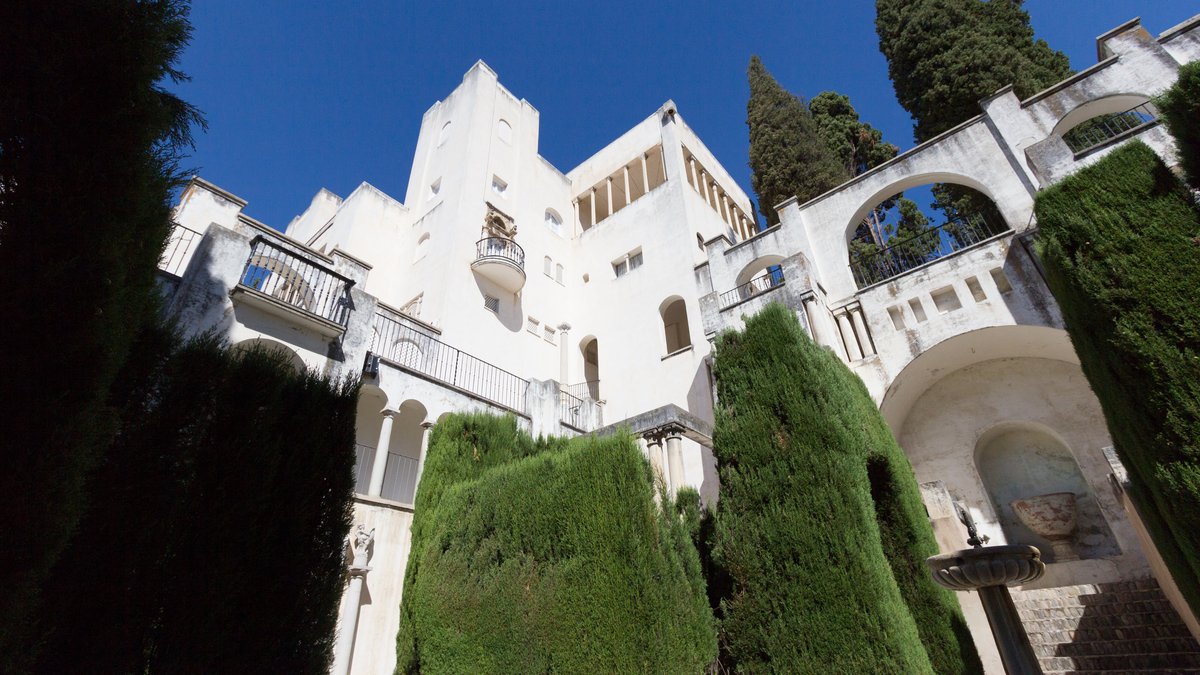
Fundación Rodríguez-Acosta: Visiting Hours, Tickets, and Historical Sites in Granada
Date: 14/06/2025
Introduction
Perched atop Granada’s scenic Mauror Hill, the Fundación Rodríguez-Acosta is a striking testament to the city’s enduring artistic and architectural heritage. Established by the renowned Granada-born painter José María Rodríguez-Acosta (1878–1941), this institution is more than a museum: it is a living synthesis of modernism, symbolism, and Andalusian tradition. Conceived between 1915 and 1930 as a “carmen”—a traditional Granada villa with lush gardens—the site fuses neoclassical, Moorish, and avant-garde styles, offering panoramic vistas of the Alhambra and the city’s historic landscape.
Today, the foundation welcomes visitors to explore its iconic white façade, terraced gardens, extensive art collections, and intellectual legacy. Through guided tours, special exhibitions, and workshops, the Fundación Rodríguez-Acosta continues to foster artistic innovation and cultural dialogue, cementing its position as a vital Granada historical site (Fundación Rodríguez-Acosta – The Founder; Cicerone Granada; Costa Tropical).
Table of Contents
- Early Life and Artistic Vision of José María Rodríguez-Acosta
- Creation of the Carmen: Architecture and Gardens
- Artistic and Architectural Highlights
- Visitor Information: Hours, Tickets, and Accessibility
- Special Events and Cultural Programming
- Travel Tips and Nearby Attractions
- Frequently Asked Questions (FAQ)
- Planning Your Visit and Staying Connected
- Sources
Early Life and Artistic Vision of José María Rodríguez-Acosta
José María Rodríguez-Acosta was born in 1878 into a well-to-do Granada family. This privileged background allowed him to develop his artistic talents free from financial pressure. His early works, infused with modernist and symbolist influences, gained recognition both nationally and internationally, establishing his reputation in the Spanish avant-garde (Fundación Rodríguez-Acosta – The Founder).
By the early 20th century, Rodríguez-Acosta shifted his focus from painting to a more ambitious project: creating a sanctuary where art, architecture, and nature could intertwine—laying the conceptual groundwork for what would become the Fundación Rodríguez-Acosta.
Creation of the Carmen: Architecture and Gardens
Vision and Genesis
Between 1915 and 1930, Rodríguez-Acosta brought his vision to life through the construction of his own “carmen.” Unlike typical Andalusian gardens, his project was a holistic work of art—meticulously integrating architecture, landscape, and decorative elements. He acquired 24 adjacent plots and a narrow street, enabling a seamless, multi-level design that maximized the site’s panoramic views (Cicerone Granada).
Three architects—Ricardo Santa Cruz, Teodoro Anasagasti, and Juan de Dios Giménez Lacal—contributed to its evolving design, blending Greek-Roman classicism, Nasrid (Moorish) motifs, and modernist sensibilities. The result is the iconic “White Carmen,” whose stark stucco contrasts with the earthy Alhambra nearby (Openhouse Magazine).
Garden Design
The gardens, designed before the main building, are a highlight of the foundation. They feature:
- Geometric parterres, water channels, and fountains reminiscent of Nasrid palaces.
- Classical sculptures and Mediterranean flora.
- Terraces and pergolas that create a sequence of secluded and panoramic spaces.
- Cypress-lined walks and symbolic statuary, such as the “Funeral Walk.”
These gardens blur the lines between interior and exterior, echoing the founder’s vision of art and nature in harmony (Costa Tropical).
Artistic and Architectural Highlights
Interior Spaces
At the heart of the foundation is the artist’s studio—bathed in natural light from large windows and skylights, designed for creativity and contemplation. The adjacent library houses a curated selection of books on art, philosophy, and travel, reflecting Rodríguez-Acosta’s intellectual pursuits (Openhouse Magazine).
The circulation of the building is labyrinthine, with patios, loggias, and corridors connecting spaces in a way that encourages exploration. Architectural features include:
- Mosaic floors and decorative tiles inspired by Andalusian tradition.
- Stucco reliefs, carved stone, and custom ironwork.
- Subtle transitions between indoor and outdoor areas.
Stylistic Synthesis
Rodríguez-Acosta’s genius was his eclectic fusion of styles:
- Greek-Roman classicism: Columns, pediments, and symmetry.
- Moorish influences: Water features, courtyards, intricate tilework.
- Modernist innovation: Clean lines, functionalism, and bold use of white.
Material choices—white stucco, marble, terracotta, and wrought iron—were intended for both beauty and durability (Openhouse Magazine).
Visitor Information: Hours, Tickets, and Accessibility
Opening Hours and Tickets
- Guided tours only: All visits require a guided tour; self-guided access is not available.
- Typical Hours: Tuesday to Sunday, 10:00 AM – 6:00 PM (subject to change; check the official website for seasonal adjustments).
- Closed: Mondays and select public holidays.
- Tickets:
- General admission: €9 (includes access to gardens, main building, and Museo Gómez-Moreno)
- Discounts: Reduced rates for students, seniors, and groups; free or reduced for children under a certain age.
- Booking: Advance purchase online is highly recommended due to limited group sizes and high demand (Spain.info).
Location and Access
- Address: Callejón Niños del Rollo, 8, 18009 Granada, Spain.
- Getting there: Walkable from the city center (uphill with cobblestone streets); accessible by taxi or public bus (Alhambra route). Parking is limited—public car parks in central Granada are recommended.
Accessibility
- Physical: Partial wheelchair access with ramps and adapted routes; some terraces and gardens require stairs. Accessible restrooms are available.
- Sensory/Cognitive: Tours include verbal descriptions; some signage in English. Contact the foundation for additional support.
- Assistance: Service animals permitted; visitors with specific needs should notify the foundation in advance.
Special Events and Cultural Programming
The foundation maintains a dynamic cultural calendar, including:
- Temporary exhibitions: For example, “Las Aguas Verdes” by Pedro Garciarias (June–September 2025).
- Workshops: Summer series for adults and children (starting May 31, 2025).
- Lectures and conferences: Such as the “Jornada sobre Derecho de Aguas” (May 16, 2025).
Advance registration is required for most events due to limited capacity. Some activities are available in English (Fundación Rodríguez-Acosta).
Travel Tips and Nearby Attractions
- Combine your visit with other major Granada historical sites: the Alhambra, Albaicín, and Granada Cathedral.
- Wear comfortable shoes: The area features steep, cobblestone streets.
- Photography: Permitted in gardens and outdoor spaces; restricted in some museum areas.
- Best times to visit: Spring and early summer offer pleasant weather and fewer crowds.
Frequently Asked Questions (FAQ)
Q: What are the Fundación Rodríguez-Acosta visiting hours?
A: Guided tours are available Tuesday to Sunday, 10:00 AM – 6:00 PM. Closed on Mondays. Always check the official website for updates.
Q: How do I purchase tickets?
A: Purchase tickets online via the official website to guarantee your spot.
Q: Are there English-language guided tours?
A: Yes, English-language tours are available at select times or by request.
Q: Is the site accessible for visitors with mobility challenges?
A: Some areas are accessible, but terraces and upper gardens may require stairs. Contact the foundation for details.
Q: Is photography allowed?
A: Photography is allowed in gardens and public areas but is restricted in certain exhibition rooms.
Q: What else can I visit nearby?
A: The Alhambra, Albaicín, and Granada Cathedral are all within walking distance.
Planning Your Visit and Staying Connected
- Contact: +34 958 227 497 or [email protected]
- Latest info: Official website and social media channels.
- Guided audio tours: Enhance your experience with the Audiala app.
- Stay updated: Subscribe to the foundation’s newsletter for news on events and exhibitions.
Sources
- Fundación Rodríguez-Acosta – The Founder
- Fundación Rodríguez-Acosta – Official Website
- Cicerone Granada
- Spain.info
- Costa Tropical
- Openhouse Magazine
Experience the Fundación Rodríguez-Acosta for an unparalleled journey into Granada’s artistic and architectural heart—plan your visit today.
